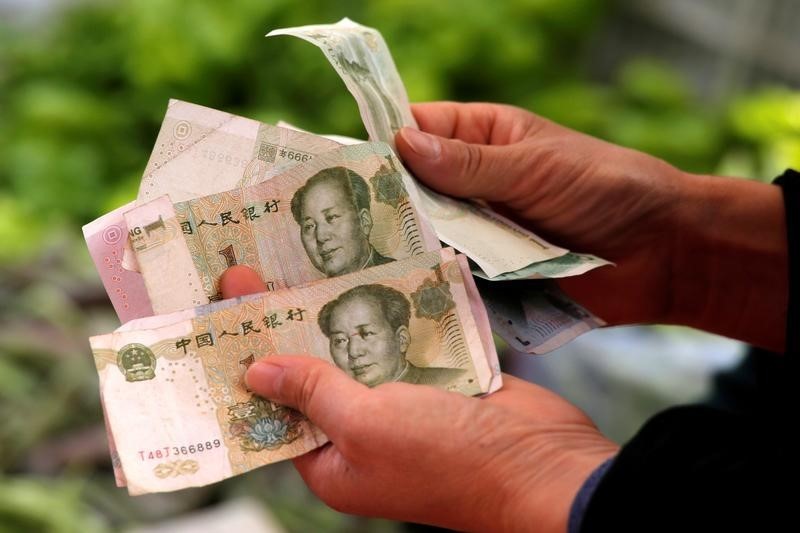Investing.com– Most Asian currencies extended declines on Tuesday with the Chinese yuan hitting a one-year low, as markets assessed the impact of new U.S. export restrictions targeting China’s semiconductor industry.
The U.S. is set to implement its third major crackdown on China’s semiconductor industry, targeting 140 entities with new export restrictions aimed at curbing China’s access to advanced chips and equipment vital for artificial intelligence and other high-tech applications.
The move, which is seen as a direct challenge to China’s technological ambitions, stirred volatility in regional currency markets, particularly for the Chinese yuan.
This comes at a time when sentiment around regional currencies had already been dampened due to U.S. President-elect Donald Trump’s recent threat to impose 100% tariffs on goods from BRICS nations (Brazil, Russia, India, China, and South Africa) if they move to undermine the U.S. dollar by creating or backing alternative currencies. Before that, he vowed to impose additional tariffs on China.
Chinese yuan hits 1-yr low on new US export curbs
The Chinese yuan fell against the dollar, with the onshore USD/CNY pair rising 0.3% to its highest level since mid-November 2023.
The latest export restrictions are expected to exacerbate China’s challenges in its push for technological self-sufficiency, further dampening investor sentiment towards the yuan.
Markets across the region are closely watching the U.S.-China trade situation, with fears of further restrictions or retaliatory measures adding to the volatility.�
The Australian dollar, which is sensitive to the Chinese economy, weakened slightly, with the AUD/USD pair remaining close to four-month lows. Third-quarter Australian gross domestic product data is due on Wednesday.
Dollar strength creates further pressure on Asia FX
Asian currencies have also faced downward pressure from the dollar, which gained for eight consecutive weeks before falling in the last one. Expectations of a slower rate cut path due to stubborn inflation and chances of inflation remaining high with the incoming president Trump have supported the greenback.
The US Dollar Index extended gains, inching up 0.1%, while the US Dollar Index Futures also ticked up 0.1%.
The South Korean won’s USD/KRW pair, heavily influenced by semiconductor exports, was largely unchanged. South Korean consumer inflation read softer than expected for November, keeping the prospect of more interest rate cuts by the Bank of Korea in play.
The Japanese yen’s USD/JPY pair rose 0.4%, and the Taiwan dollar’s USD/TWD pair edged 0.2% higher, while India’s USD/INR was muted.
The Philippine peso’s USD/PHP pair was largely unchanged at 58.685 per U.S. dollar.
The Philippines revised its 2024 economic growth forecast, lowering the target to 6.0%–6.5%, down from a previous high of 7%. This adjustment comes amid ongoing domestic and global uncertainties, according to a government panel. Additionally, the peso’s expected average for 2024 has been adjusted to a range of 57.00–57.50 per dollar, from the earlier estimate of 56.00–58.00.


